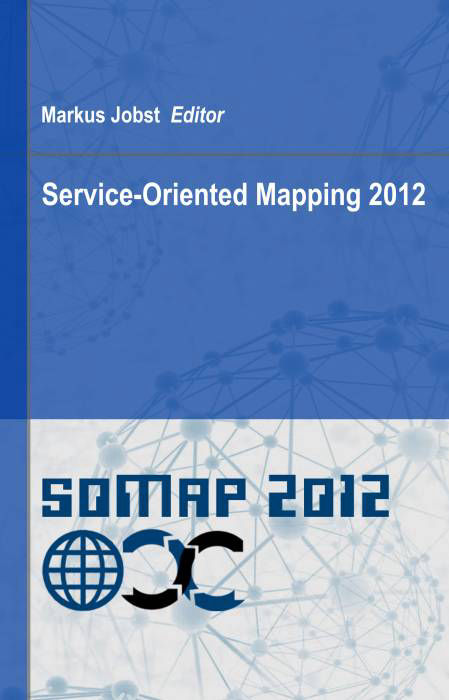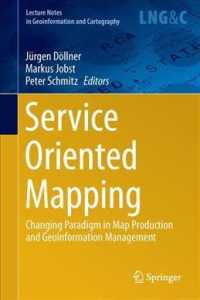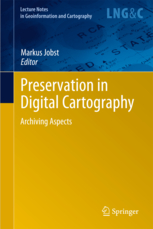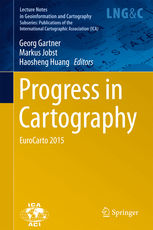Short Biography
I am technically coordinating the INSPIRE directive at the Austrian Federal Office of Metrology and Surveying and providing lectures on cartographic interfaces, geospatial data infrastructures and spatial data engineering at the Vienna University of Technology in Vienna and Hasso Plattner Institute in Potsdam.
I finished my PhD in 2008 with the focus on semiotics in 3D maps at the Vienna University of Technology.
My main focus in scientific work is the communication of spatial related data, cartographic heritage, spatial data infrastructures (SDI´s), geospatial knowledge networks and the management of geospatial processes in Service-Oriented Mapping.




